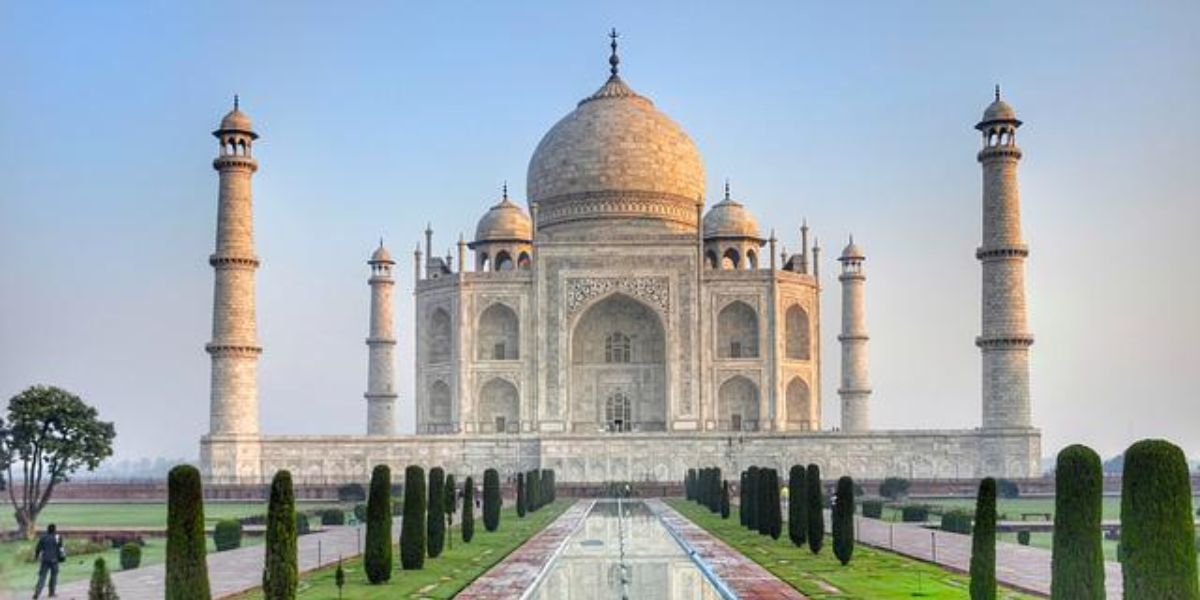The World Trade Organization (WTO) is conducting a trade policy review of India on 2 and 4 June 2015. The report on India’s trade policy issued by the WTO before the review and published on its website indicates that trade liberalization has continued in the period since the previous review. India has introduced self-assessment in customs procedures and has eliminated State trading requirements for some agricultural products.
There have also been structural reforms including the abolition of price controls on diesel and the relaxation of restrictions on foreign direct investment (FDI) in certain sectors. Measures to attract FDI have included a gradual increase in the number of sectors open to FDI and a reduction in restrictions in particular sectors.
The WTO points out that the tariff structure in India is still complex. The valuation of imports is based on the transaction value and a 1% landing charge is added to the c.i.f. value to arrive at the transaction value for this purpose. Reference prices or “tariff values” are used to calculate duty on imports of certain agricultural products and brass scrap, gold and silver. These reference prices are revised every two weeks and adjusted where necessary to maintain their alignment with international market prices. As well as the standard tariff rate there is an additional duty and a special additional duty in place of local taxes.
The simple average MFN tariff rate increased during the review period, rising to 13% in 2014/15 compared to 12% in 2010/11. This is mainly due to an increase in agricultural tariffs. India’s bound tariff levels are higher than the applied rates especially for agricultural products. The bound tariff is the maximum level to which the MFN tariff could rise on a given commodity. This allows the government to amend tariff rates in response to domestic an international market conditions but also creates uncertainty.
The WTO report considers that India’s trade regime is unpredictable owing to the frequent changes made. Policies are frequently fine-tuned for short-term objectives such as mitigating fluctuations in commodity prices. This creates uncertainty and additional costs.
Imports are subject to various non-tariff barriers. These include prohibited imports, licensing requirements and restrictions in addition to the packaging, quality and health requirements. Import quotas are applied to marble and other stones and sandalwood.
Export prohibitions and restrictions are still in place, for example to ensure the domestic supply of certain goods. There are however various duty remission and exemption schemes to facilitate exports. Tax exemptions are available to investors through the special economic zones and relief for export-oriented units.
Structural bottlenecks are still a barrier to higher growth. The WTO report lists delays in approving projects; ill-targeted subsidies; a low manufacturing base; low agricultural productivity; difficulty of acquiring land; a weak transportation network and power supply; strict labor regulations and skill mismatches. The government of India is aware of the bottlenecks and aims to remove them by investment in infrastructure and education combined with the elimination of unnecessary regulation and making the trade and investment regimes more predictable.
India’s Foreign Trade Policy for the years 2015 to 2020 was issued on 1 April 2015 and aims to increase India’s share of global trade by creating a stable and sustainable policy environment for foreign goods and services; linking the rules and procedures for trade with the “Make in India”, “Skills India” and “Digital India” initiatives; promoting diversification of India’s exports by helping key sectors to become competitive; and creating the structure for engagement with important world regions.
The WTO notes that during the review period the share of manufacturing in GDP has slightly decreased and is now around 13%. A new manufacturing policy launched in 2011 aims to increase the manufacturing sector to 25% of GDP. The “Make in India” campaign was launched in 2014, aiming to strengthen the manufacturing sector and attract investment.
The services sector is the main driver of economic growth and accounts for more than half of India’s GDP. Regulatory changes have been introduced especially in financial services, transport and telecommunications. A scheme was introduced for setting up wholly owned subsidiaries of banks and the foreign equity limit in insurance was raised to 49%. The main securities legislation has been amended and FDI is now permitted in the transportation sector with the exception of railways.















